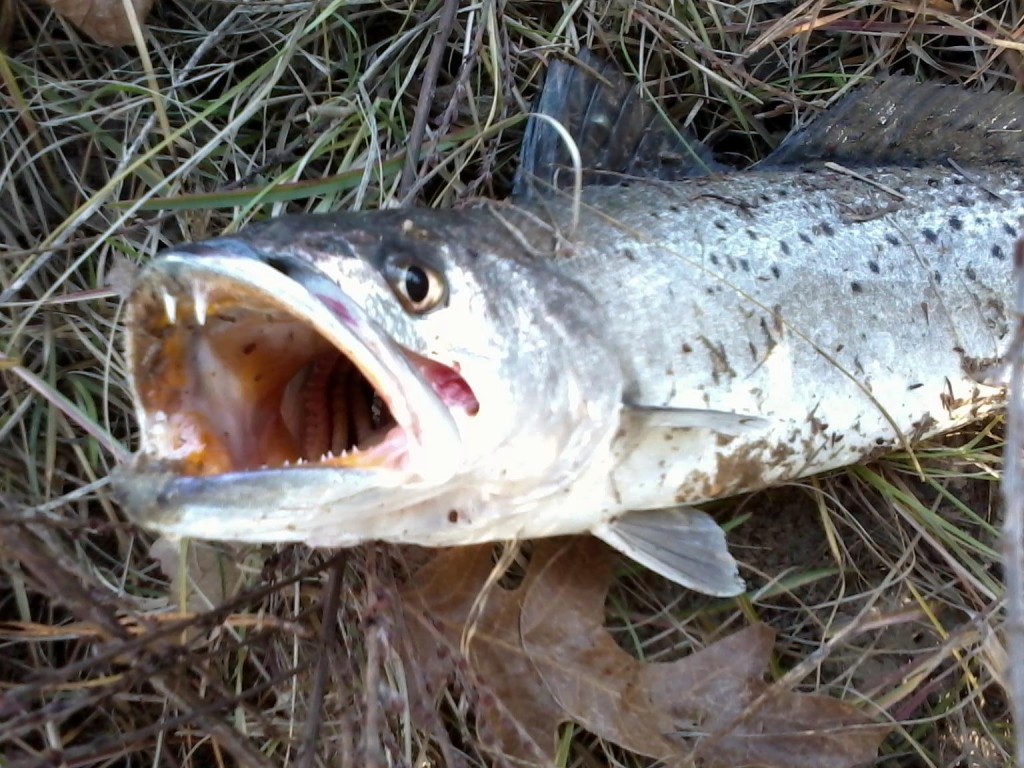Reflecting back on the past 2015/16 season, how did you do with speckled trout? Well if you didn’t do very well, join the club, it probably wasn’t your fault, because not only did you do poorly, but so most recreational anglers and ditto for the commercial catch as well. Commercial includes internal water strike-netters as well as the ocean stop-net (10/1-11/30 each year) “mullet” fishery as well. The commercial ocean mullet catch was excellent, but where were the “big” trout. I say “big” trout, because, if you were like me, our catches of 12 to almost 14-inch fish were epic up and down the beach, around the inlets and in the back sound tidal creeks.
So that was the good news/bad news story of the fall migrating trout season. Lots of juvenile fish, but the most of the keepers were what I called measured keepers, that is you had to measure twice before you risked putting a fillet knife once to the trout, so the bad news was the lack of any fish from 18-icnhes and above.
So what are the possible reasons for the apparent lack of big speckled trout? According to recent research from trout tagging studies, natural mortality outstrips harvest, both commercial and recreational, mortality. Predominant avenues of natural mortality are predation (it’s dangerous to be a young trout), and environmental, particularly cold stun/kill events…“troutsicles”. Cold stun/kill events are not as rare as one might think, in fact we have had five such documented events since the winter of 2010, Polar Vortices included, and even devastating back-to-back events in the span of 13-months in January 2010 followed by a second kill in December, 2010 into January 2011. Even last winter there were documented kills in February 2015. We can readily document these events, but counting dead fish, to estimate the scope and breadth of the kill is difficult.
We know that since trout spawn early and often, and become reproductively mature after their first year when the fish have only reached 10 to 12-inches, their recovery from such natural disasters can be rapid. Thus the biological underpinning for recently increase of the minimum size limit to 14-inches. Just give the fish a chance and they will recover. Give fish a chance…
So the remarkable numbers of small spike trout can be attributed to a great recent spawn, but how about the keepers that you only measure because you want to and not because you need to? Of course one possibility is that the most recent trout kill in February 2015 was worse than thought. We may never know. The second are other weather related events, rain, rain in seemingly Biblical proportions. Okay no arks were built, but we in North Carolina did get tremendous quantities of rain in September and October, and South Carolina got 100-year flooding from the indirect effects of Hurricane Joaquin.
With this freshwater deluge, what did we see? We saw hardhead and finger mullet fleeing this freshwater influx, we saw a massive pulse of shrimp escaping the same, ditto for bay anchovies and behind this big southern flounder in the surf and at the local ocean fishing piers in numbers unseen in recent and even distant memories. So many that people were sight fishing flounder from Bogue Pier. And then there were the old drum bite from Bogue Banks to Topsail Island were dozens to hundreds were caught on some days. Even briefly, very briefly there were a few days when hardcore trout fishermen caught some 20-inchers. Then they disappeared. Bait was thick along the beach and we saw king mackerel, Spanish, blues, ladyfish too feeding on the shrimp and anchovies. There were shrimp popping at my ankles in the surf east of Bogue Pier and people were lining up along the bank with castnets netting many 10s of pounds of shrimp. Some old-timers have never seen this either.
The fresh water intrusion was so wide spread that our creeks that usually harbor big overwintering speckled trout were devoid of them. Even state Wildlife officials “shocking” Slocum Creek a great fall and winter trout hot-spot along the Neuse River, found no trout and not surprisingly, no salt, only fresh water. Interestingly, ocean shrimp trawls running along the beach in about 30-feet of water not only harvested great quantities of really big green-tail shrimp, but along with the usual expected by-catch, found large speckled trout, apparently feeding on the abundant shrimp, just off the beach. Fresh water is known to have adverse effects on many of our inshore species, forcing them to escape to more slat friendly waters.
So the most likely proximate causes from the lack of big trout may be recent killing cold stun events and an aversion to the lack of salt in the local creeks and rivers. We know that the trout rebound quickly from killing events and with the coast wide large number of juvenile fish seen, the prospects looks good for next year spotted trout. Trout growth curves indicate that these sub-14-inch fish will measure up into the mid to upper teens by next fall, with many in the nice eating 18-inch size and approaching the mid 20-inches in just another year or two of surviving predation, natural mortality and harvest. So long and thanks for all the trout, hoping next season with be a recovery year.
Finally, when all else fails, it’s time to blame El Niño!


Bob Beckert
Enjoyed the article. The salinity factor makes alot of sense. Refreshing to see someone thinking outside the box in which many anglers seem to be stuck.